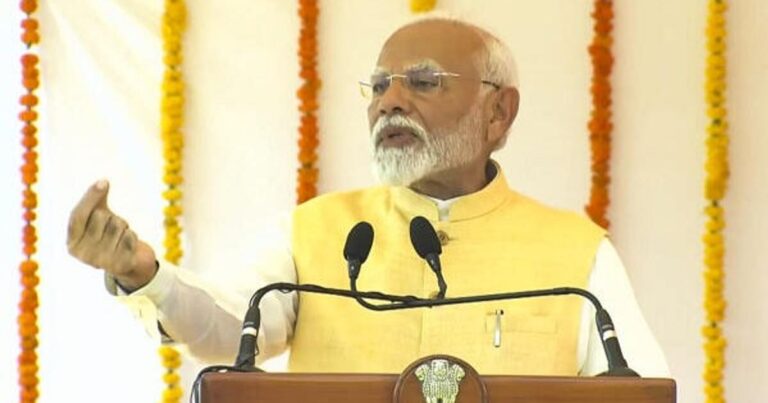The Modi government’s promise to double farmers’ income remains unfulfilled. The daily wage of a male farm worker was Rs 241.81 in February 2016 (when the policy was formulated) but is expected to rise to Rs 381.21 by February 2024 (the latest data available), an increase of 57.6 percent.
Besides real wages and inflation, there are concerns about the unresolved debt problem of farmers. Economists working in the government and financial markets have a very different view of the economic realities in rural areas and their expectations of the government.
The Federal Government was touting itself for its high GDP growth while the provinces were concerned about the share of this high GDP that did not reach them. The trickle-down theory that the growing benefits would eventually be distributed to the lower classes of society was not working in some areas or too well in others.
Economists are happy with the efforts of the Reserve Bank of India and the government to bring down the inflation rate to a target of 4%. But for rural areas, persistent inflation meant rising prices every year. Inflation targeting creates an illusion. Low inflation does not mean lower prices; it just means a low rate of price growth. When incomes and wages are not rising, as in rural areas, low inflation has a significant impact.
Governments and economists have turned the wisdom of government spending upside down. All they care about is capital expenditure. As long as the government is doing capital expenditure, it is fine. All other expenditure is considered “rebadi”. Hence, budget deficits due to pure subsidies are considered wasteful and budget deficits due to capital expenditure are appreciated. This is very alarming as governments need to spend on the basic needs of the people. Government food and nutrition programs are the only source of food for millions of people. It is a similar situation with access to education and healthcare.

